In the 1920s, the fossilized skull of "Peking Man" was discovered at Zhoukoudian, which, as the birthplace of Peking-Man-fossils, has become a significant cultural heritage of China's Paleolithic Age. On March 4th, 1961, the Zhoukoudian Site was designated as one of the first batch of national key cultural relics protection units by the State Council. In 1987, it was inscribed on the World Heritage List. Focused on creating a digital Zhoukoudian, “he Comprehensive 3D Digital Mapping and Protection Application Project of the Peking Man Site at Zhoukoudian” project designs and implements a comprehensive solution for digital protection, promoting the intelligent management of the Peking Man Site at Zhoukoudian.
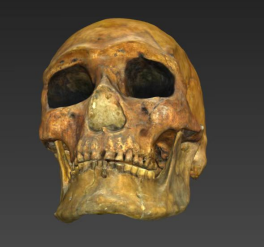
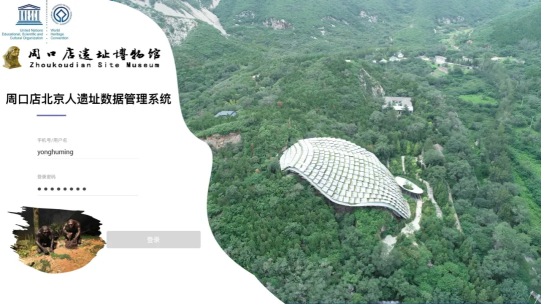
Comprehensive 3D Digital Mapping and Protection Application of the Peking Man Site at Zhoukoudian
Through oblique aerial photography using drones, centimeter-level aerial image model data covering an area of 13.68 square kilometers was obtained. Utilizing 3D laser scanning and close-range photogrammetry, millimeter-level 3D point clouds of fossil locations and sub-millimeter-level 3D digital models of 18 Grade I fossil specimens in the museum collection were collected and established. Based on these, a high-precision database of current surveying and mapping drawings and files for fossils and relics was constructed. Additionally, 54,314 pages of engineering drawings and 48,876 pages of paper documents from the site management office were scanned and organized to establish digital archives. By applying multi-source heterogeneous data, a data management system for the Peking Man Site at Zhoukoudian was built, enhancing the efficient and integrated management of cultural resources. The site monitoring and early warning system was upgraded and incorporated digital achievements, improving the level of visual management in the site area. Combining 3D digitization with AI restoration technology, immersive experiences were realized. A digital exhibition hall was constructed through holographic projection, BOX immersive films, and interactive exhibitions, which are of great significance in scientific popularization and education for understanding the development of ancient humans.
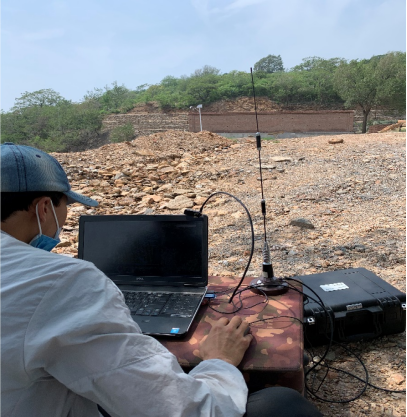
Data Retention - Digital retention of surveying and mapping engineering materials;
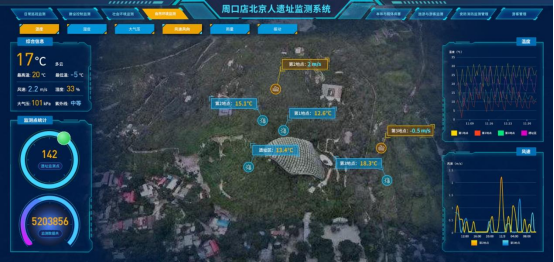
Scientific Management - The Peking Man Site at Zhoukoudian Data Management System. It improves the presentation form and monitoring methods of the Peking Man Site as a World Heritage Site. Based on 3D digital technology and the existing monitoring system at Zhoukoudian, comprehensive application of GIS, BIM, oblique photography, 3D laser scanning technology, and others seamlessly integrates monitoring data with the 3D digital model of the site. This upgrades the display method to a new system combining 3D maps and models with data analysis, achieving seamless connection between monitoring indicators, monitoring points, monitoring equipment, monitoring data, and the 3D model of the site area.
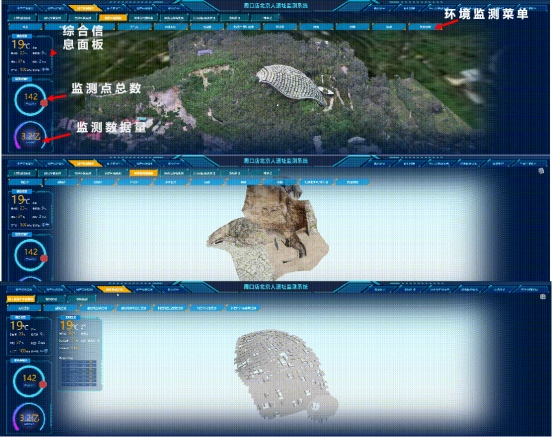
Preventive Protection - Utilizing remote sensing technology to comprehensively, objectively, and scientifically reflect construction issues in the heritage site, shifting from passive reception to active monitoring to detect problems early and address them promptly. Based on special remote sensing monitoring data, plot monitoring of the construction control zone at Zhoukoudian is conducted, with special changes marked, serving as an auxiliary tool for local governments and heritage site management departments to enhance preventive protection and management levels.
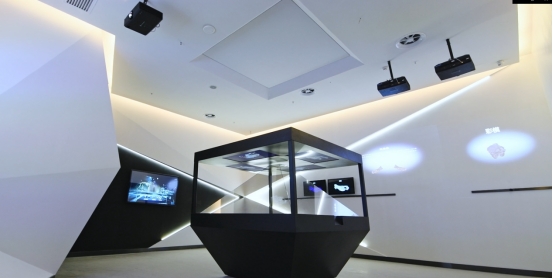
Exhibition and Display - Immersive experiences of the 3D digital protection achievements of the Zhoukoudian Site;
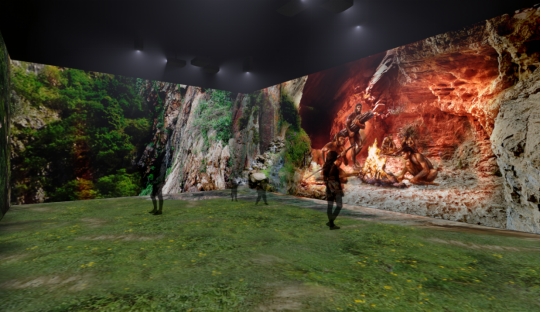
Cultural Tourism Integration - Leading the public to experience 3D digitization and AI restoration technology, immersing them in a 500,000-year journey to listen to nature, touch history, and dialogue with the ancient past.